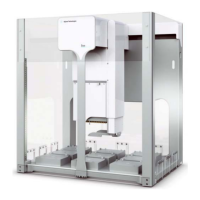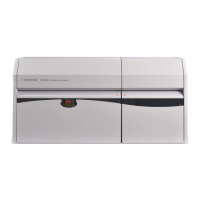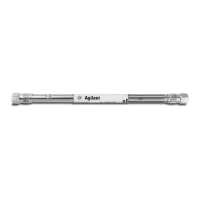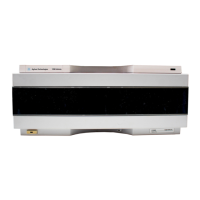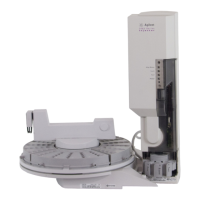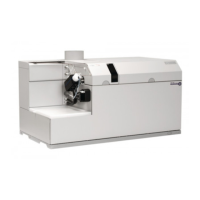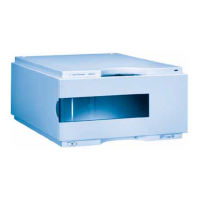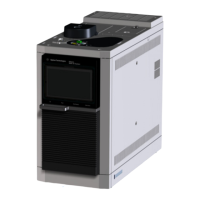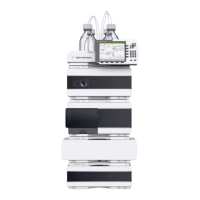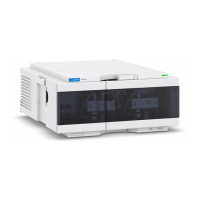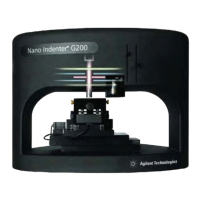3
PlateLoc Thermal Microplate Sealer
Optimizing the sealing quality
Reference for Optimal Thermal Microplate Sealing
Figure 1 Microplate physical features and nomenclature
Figure 2 Left: Pneumatics drive the hot plate down to the microplate surface. The hot plate can
sens
e and automatically adjust for variations in microplate height. Seals are applied using
pressure and heat. Right: If the microplate has a raised rim that is higher than the chimney height
around its perimeter, the hot plate must fit within the rimmed area so that the hot plate can make
uniform contact with the seal and all sample wells simultaneously.
Microplate material
For the best sealing results:
• Use polypropylene microplates because they are the easiest to seal
ef
fectively and reliably.
• Avoid acrylic microplates because they are not compatible with thermal
mi
croplate sealing.
• If the microplates are flexible and tend to bend and move during the
s
ealing process, use adapter trays to stabilize the microplate position on
the plate stage. For example, place a flexible 96- well polypropylene
microplate on top of a 96- well polystyrene microplate to provide positional
support. Agilent Technologies also offers an adapter tray for PCR
microplate support.
Raised rim around
perimeter (if any)
Sample well
Skirt
Plate
surface
Chimney: Top of well rises
beyond microplate surface
Insert
HOT PLATE
HOT PLATE
Microplate with
raised rim
Sealing film
Hot plate
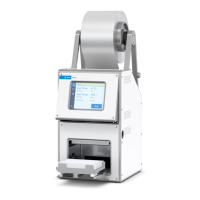
